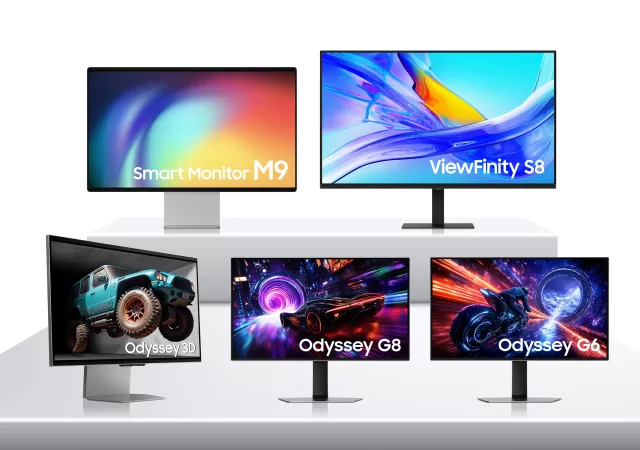Digitisation an organization shouldn’t be solely dependent on developers, Ramesh Nanda Kumar from Kissflow highlights how “Citizen Development” may be the key.
SEA’s Health Tech Leap: Secure Data Powers Remote, Personalized Care
SEA’s is set to be the stage of large scale digitization in all sectors including the medical sector. DKSH weighs in on how it can impact the landscape and what hurdles there are to it.
Kyndryl and LifeTech Group Partner to Establish Malaysian Security Operations Centre
Kyndryl and LifeTech partner to empower cyber resilience through the establishment of the first Malaysian Security Operations Centre in the public cloud.
Honor’s Alpha Plan Includes 7-year Software Support Putting It Ahead of Other Chinese Manufacturers
Honor finally commits to an update plan for its devices starting with the Honor Magic7 Series as part of its Alpha Plan.
How IT Leaders Can Give Employees The ‘Magic Touch’ with Tech
Uncover the role of Lenovo in addressing the digital skills gap, making workplace technology accessible for everyone.
Redmi Note 14 Pro+ 5G Deep Dive
techENT takes a deep dive into the features and specs that could possibly make Xiaomi’s Redmi Note 14 Pro+ 5G a game changer for the midrange.
Tech & The Human Experience: Navigating Trust, Personalization, and Digital Balance
As businesses approach a new, shifting reality, they will need to navigate barriers and shifts that will impact the way they leverage Generative AI and interact with customers.
OpenAI Unveils o3-mini – This is What You Need Know
Open AI announces ChatGPT’s new o3-mini reasoning model that allows it to do more complex reasoning faster and more efficiently.
Samsung Ups the Monitor Game at CES 2025: AI, Blazing Speeds, & Maximum Desk Real Estate
Buckle up! CES 2025 is here! Samsung is kicking things off with the unveiling of a fresh lineup of monitors designed to cater to a wide range of users, from casual content consumers to hardcore gamers and productivity powerhouses. This…
Accenture Enhances Cybersecurity Offerings with Generative AI and Advanced Technologies
Accenture expands its offerings in cybersecurity with new AI-enhanced services aimed at mitigating the impact of Gen AI based threats on business operations.












